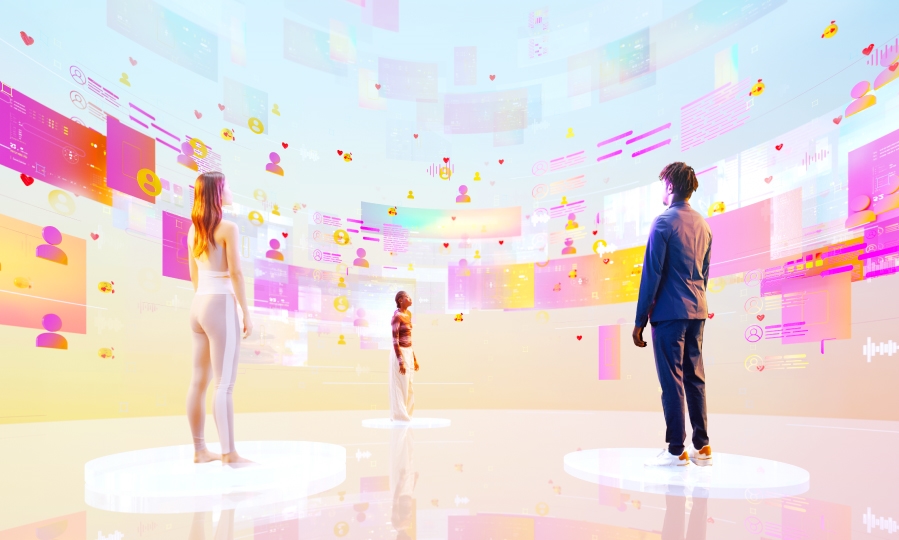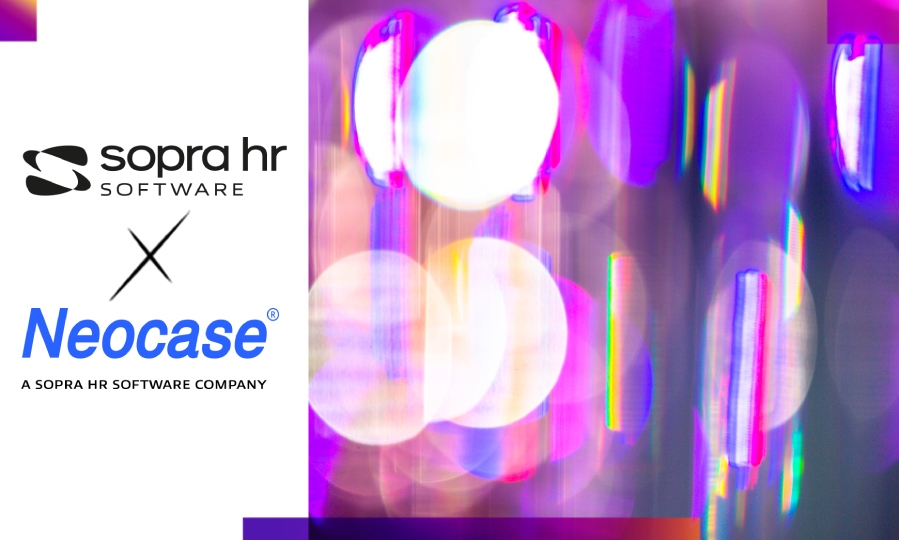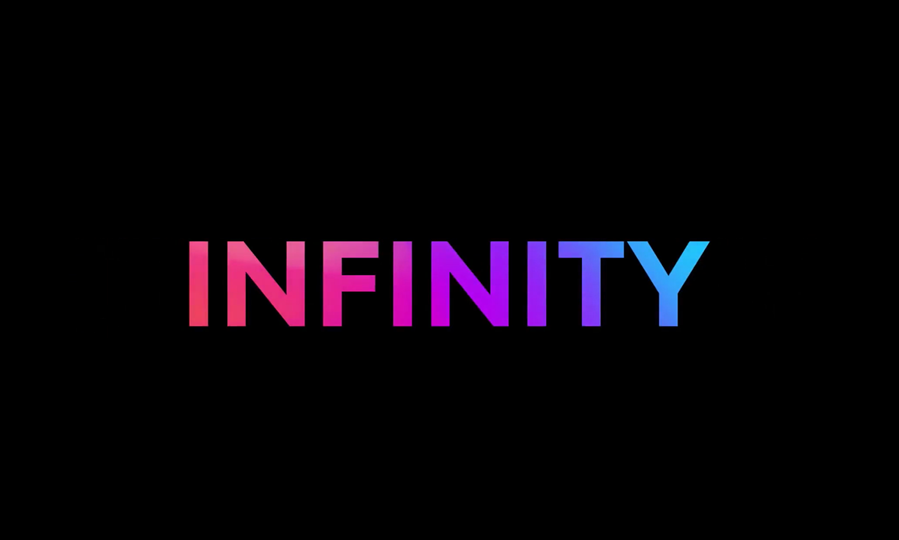HR TRENDS
When AI Joins the HR Table: Shaping a More Human, Connected, and Inspired Future of Work 1/2

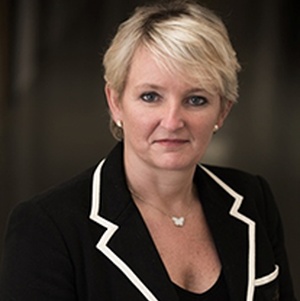
SHARE THE ARTICLE ON
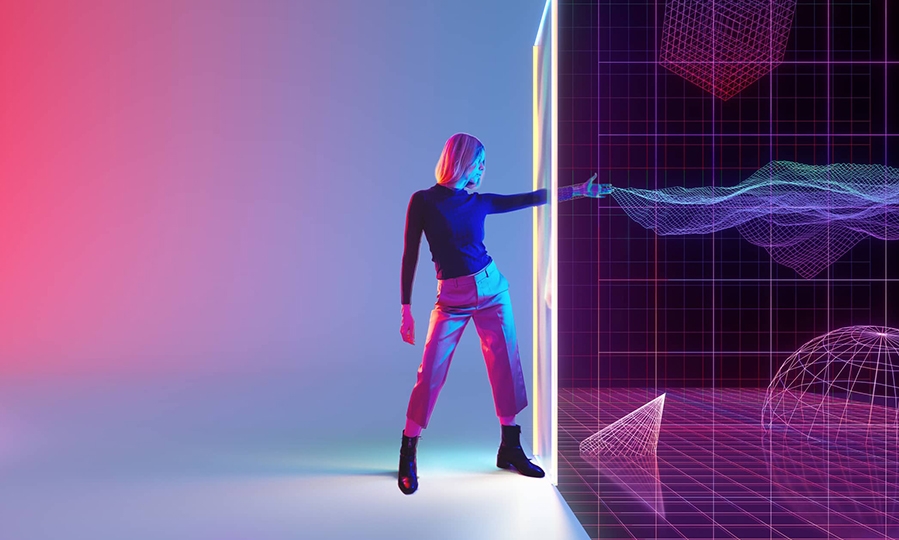
Towards an HR Function That Is Amplified, Transformed, and Transformative
The transformation we see in the world - as well as in business and the workplace –requires us to monitor and anticipate situations to improve strategic decisions and their implementation. Today we are seeing unprecedented crises of a geostrategic, technological, social and environmental nature, but this should not prevent us from looking forward. On the contrary, we need to look ahead and as we go along, this attitude will help our decision-making. Looking ahead is not about predicting the future but helping to build it. It is not deterministic. In situations of uncertainty and complexity, such an attitude can be a guide. It allows us to get away from outdated traditional ways and think out of the box. It inspires, facilitates transformation, and allows us to be bold: to have the courage to transform, innovate, do things differently, slow down, adapt and undergo profound change.
To rethink strategies and practices in the context of transformation, we urgently need to encourage a forward-looking attitude for top management and especially HR departments. Based on a study on the future of HR (F. Brillet and A. Scouarnec 2025) and the work of the Think Infinity group, we believe that if AI is to be implemented in HR, then we must strive for an ‘enhanced’ HR that can both transform and be transformed.
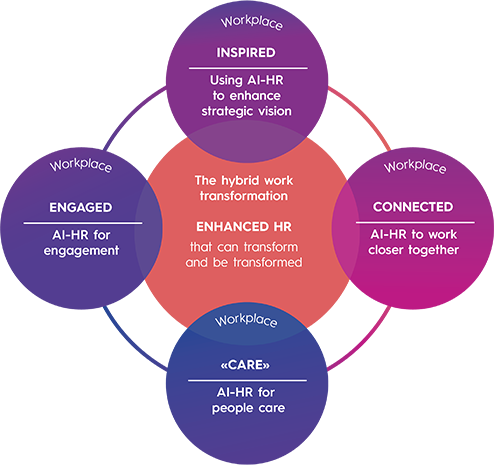
Let's take a closer look at each of these types of workplaces and consider what an enhanced HR department might look like.
The inspired workplace
Inspiration is vital. It is to an influx of ideas that stimulate the
imagination and boost creativity. For organizations, this action of
inspiring, imagining and creating can be strategic. An inspirational
leader is a visionary, who knows how to anticipate the future. He is
also someone who knows how to get his teams on board by valuing them,
believing in their potential and encouraging teamwork. Applied to the
workplace, inspiration integrates three concepts: vision, innovation and
transformation. The inspired workplace is one in which those involved
anticipate the future, so they can anticipate trends and disruptions in
the business world as effectively as possible and obtain an overview of
their ecosystem, to foster transformation, at both business and personal
levels.
If AI is to be implemented in HR in an inspired work
environment, it must be used to develop a strategic vision, but in a
different way.
AI powering strategic vision
In an inspired
workplace, Human Resources departments ensure that AI is integrated into
a strategic vision that will be implemented differently. Integrating
the most advanced technologies enables you to expand the possibilities
and "augment" the potential of the HR teams. AI can be used to analyze
business trends, as well as trends in the labor market. One of the major
assets of this technology is its ability to analyze massive volumes of
data, including open data made available by public organizations.
This
can enhance the knowledge of the company's ecosystem by combining
internal data with external sources and enable directors and managers to
obtain a broader view.
In addition, by analyzing data on employee aspirations, AI helps to anticipate the risk of turnover and the need for training.
These
technologies support strategic thinking. We can access and
cross-reference large amounts of data and this is redesigning Strategic
Workforce Planning to include predictive analysis. They support
organizations by shedding light on new ways of collaborating and
structuring the company. We can anticipate how professions and skills
will evolve, enabling us to provide better support for transformation.
Integrating
AI into a limitless, global data network will force companies to be
proactive and adapt to changes in their environment.
AI is more than
just a tool; it is a strategic partner that can help leverage data for
better decision-making and build the future.
The connected workplace
A
connected workplace would promote "reliance", i.e. the ability to be
linked and connected, and thus encourage interaction. Edgar Morin
describes ‘reliance’ as the human capacity to create and maintain
meaningful connections - essential for addressing complex problems. By
connected, we mean a world where the development of technologies
facilitates connections between people. The development of interpersonal
relations would be enhanced by ever more innovative and fluid tools,
and a clear desire on the part of those involved to encourage
interaction by getting together within communities. There would thus be
two major themes in this connected workplace: Technology (digital
transformation and AI), and Relational (where teamwork and cooperation
are valued).
If AI is to be implemented in HR in a connected workplace, it must be to help people, in a different way.
AI empowering teamwork
In
a connected workplace, Human Resources departments will use AI to
develop interaction. In this context, AI will not dehumanize working
relationships; it will play a role in facilitating contact between
people.
AI is a valuable ally in strengthening teamwork within organizations.
AI offers tools that make digital technology conducive to cooperation and interconnection. Through intelligent collaborative platforms and internal social networks, it helps identify what employees have in common by analyzing their professional and personal interests, thus fostering productive interactions. It can recommend groups, projects or events according to each person's skills and aspirations, encouraging people to work together, and providing personalized suggestions for content, discussions or opportunities for collaboration.
Thanks to
its ability to analyze and personalize, AI fosters cooperation,
stimulates the creation of communities and encourages employees to forge
lasting bonds.
At a professional level, such communities would bring together talent based on shared projects or areas of expertise, boosting innovation and interdisciplinary cooperation. With changes in work methods and remote working arrangements, it's difficult to know where and when employees are present within a community. In this context, AI can encourage the "real-life" encounters that are so precious in our virtual world.
On a personal level, people could get together to discuss hobbies (sport, culture, ecology, etc.), thus strengthening connection outside the workplace. The deployment of CSR policies would also require the creation of groups committed to social or environmental causes.
Companies can, therefore, use AI to boost teamwork, with each person finding their place and actively contributing to the shared success of the project. This human-centric approach builds committed teams that drive performance and promote well-being.
This exploration of the “amplified” HR function doesn’t stop here. After discussing the inspired world and the connected world, we will continue our reflection in an upcoming article dedicated to the two remaining dimensions: the care-oriented work world, focused on attention to employees, and the engage-oriented work world, centered on collective involvement and commitment. Two complementary realms that will further enrich this vision of a transformed and transformative HR function.



